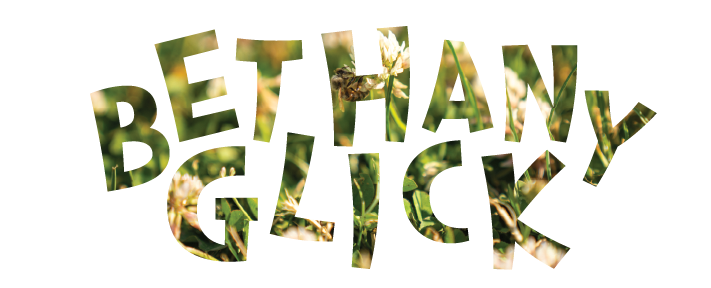Final Video Project
All assignments in this class helped us develop the skills we needed to complete this final project. I created a 1-minute video incorporating an interview and a variety of footage. I used a professional grade recorder with a mic to record the interview portion and learned how to overlay that audio onto a video.
Video Assignment
This assignment was called "the chase". Possibly my favorite project I completed for Gateway! We were tasked with incorporating specific material such as: a Taylor Swift quote, an instrument and a bell. We had to create a cohesive storyline & incorporate film shots we learned in class.
Photo Story
The photo story was assigned to us during our photo journalism section. This project asked us to tell a stranger's story in only five pictures. We needed to incorporate an establishment shot, a close-up, a detail shot and two action shots. I was able to learn how to caption images, frame shots and edit pictures.
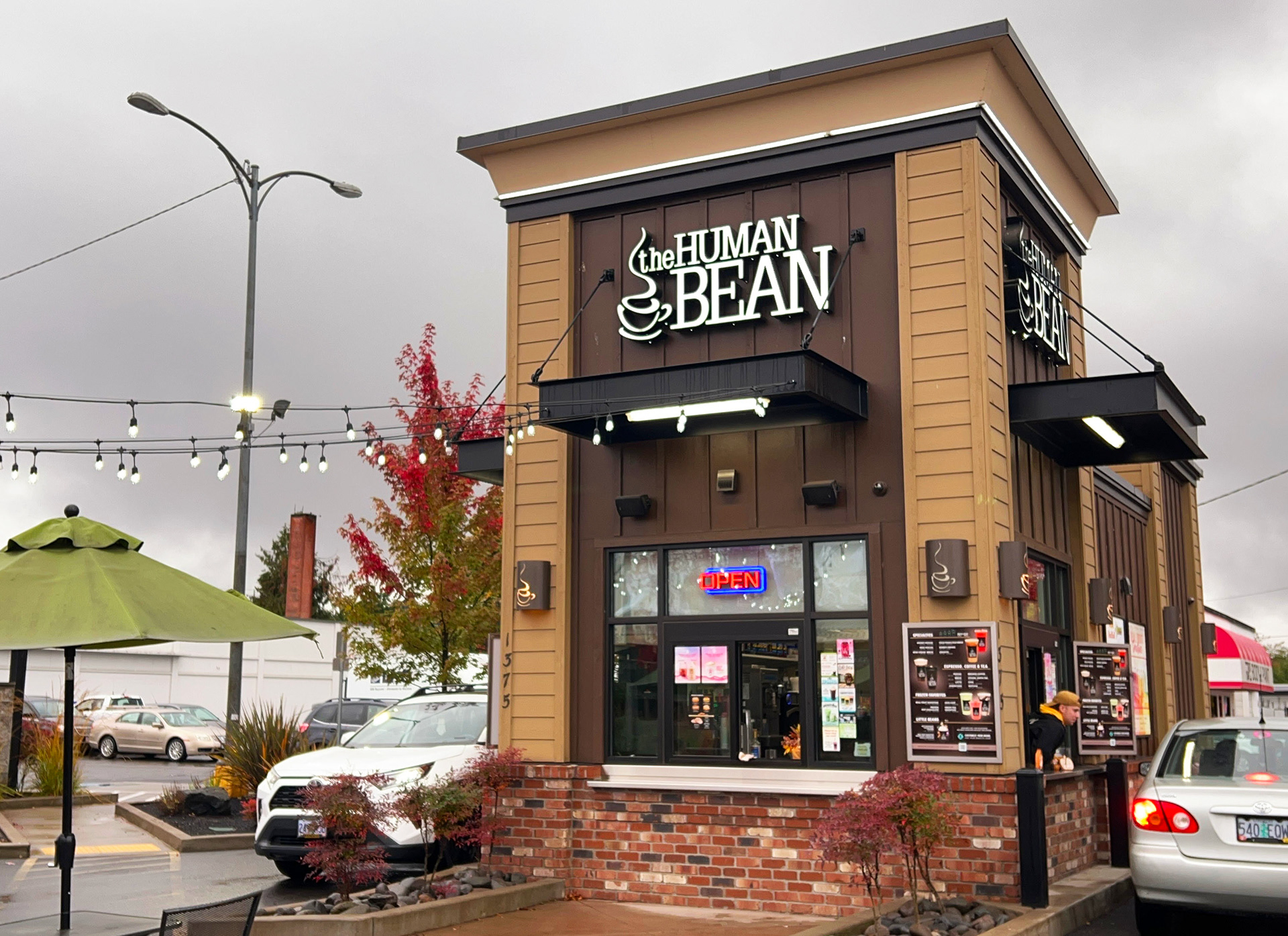
The Human Bean, a drive-thru espresso chain based in Southern Oregon faces rush hour every morning, filling coffee needs. Their dual drive-thru system allows for efficient service.
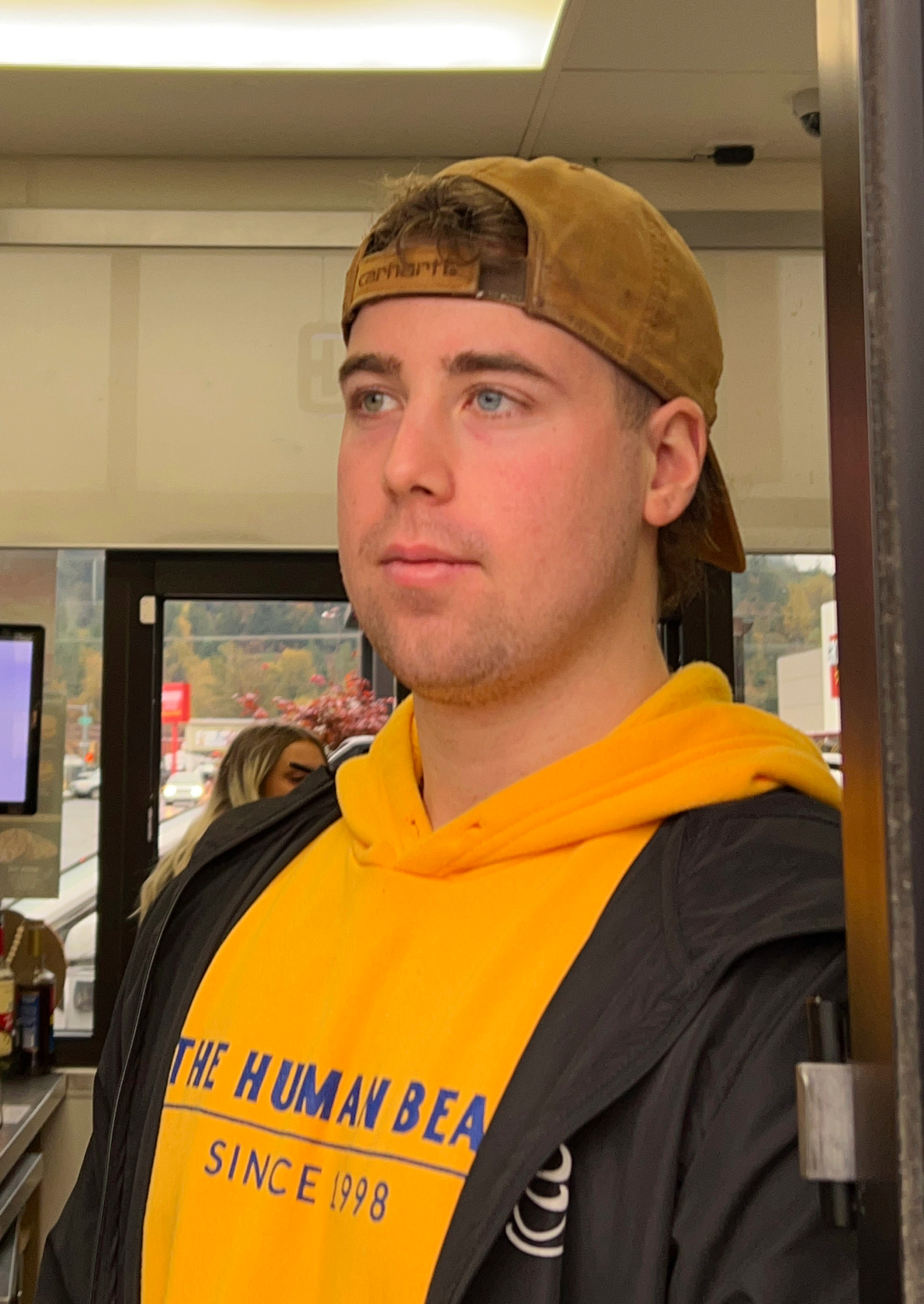
University of Oregon senior, Evan Fankhanell, has managed Springfields Human Bean location for almost two years. As a business major his management position has helped him gain experience in his field.
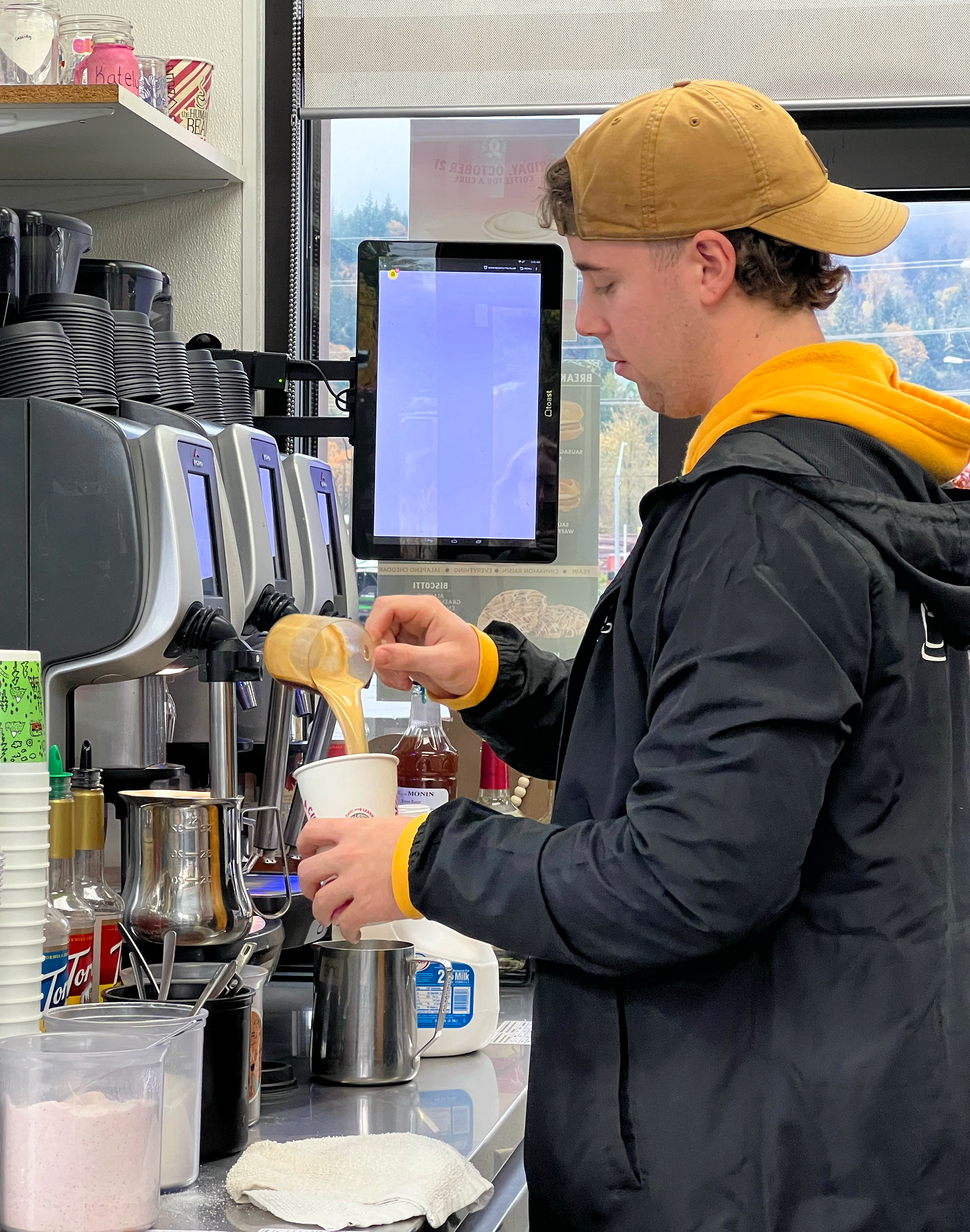
Fankhanell pours steaming hot espresso as he crafts a customer’s order, on a cold Eugene morning.
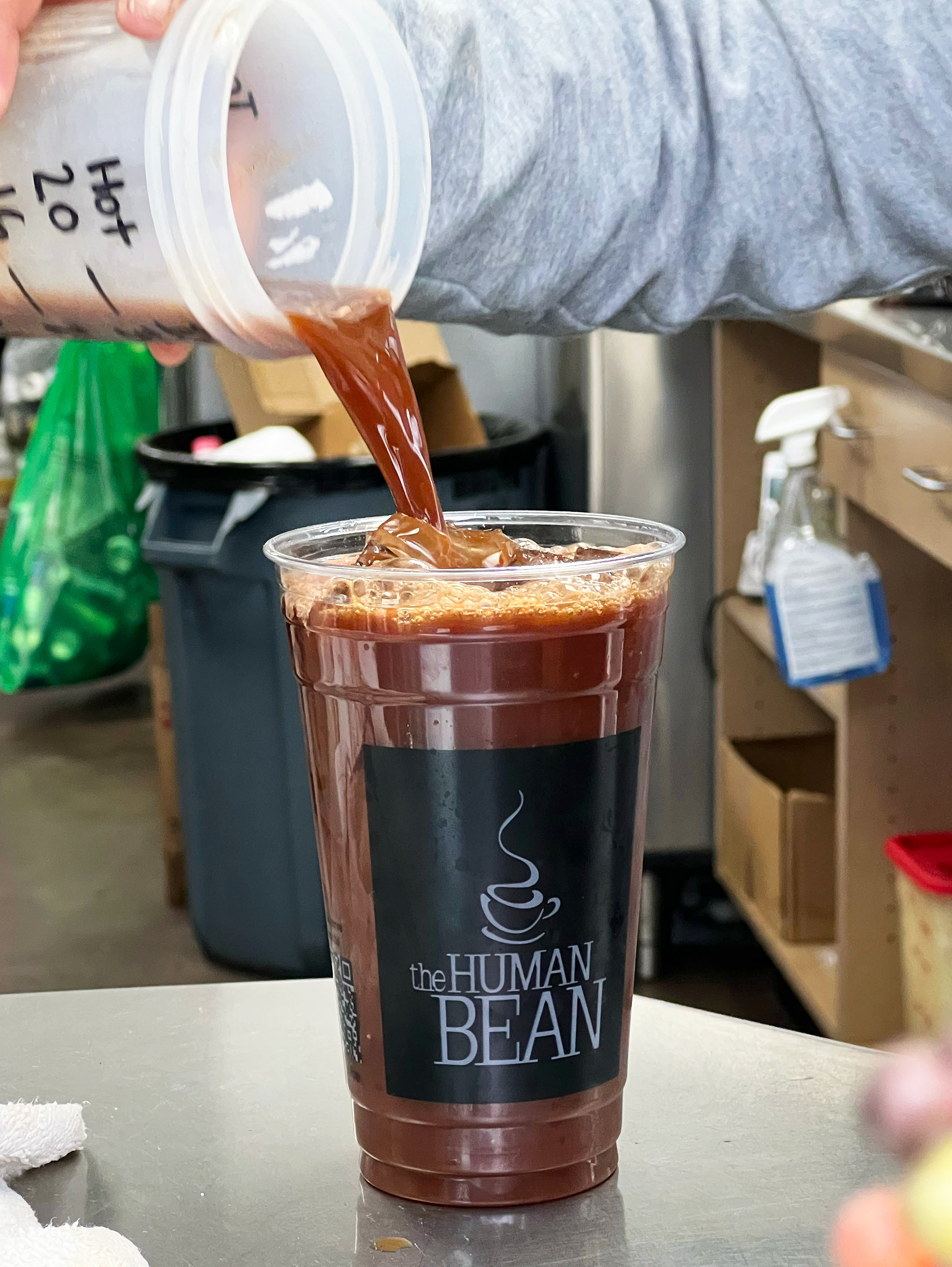
What makes The Human Bean stand out from competing coffee chains is their use of syrups. The syrups give drinks like this coffee a unique and flavorful taste, customized to each customers tastebuds.
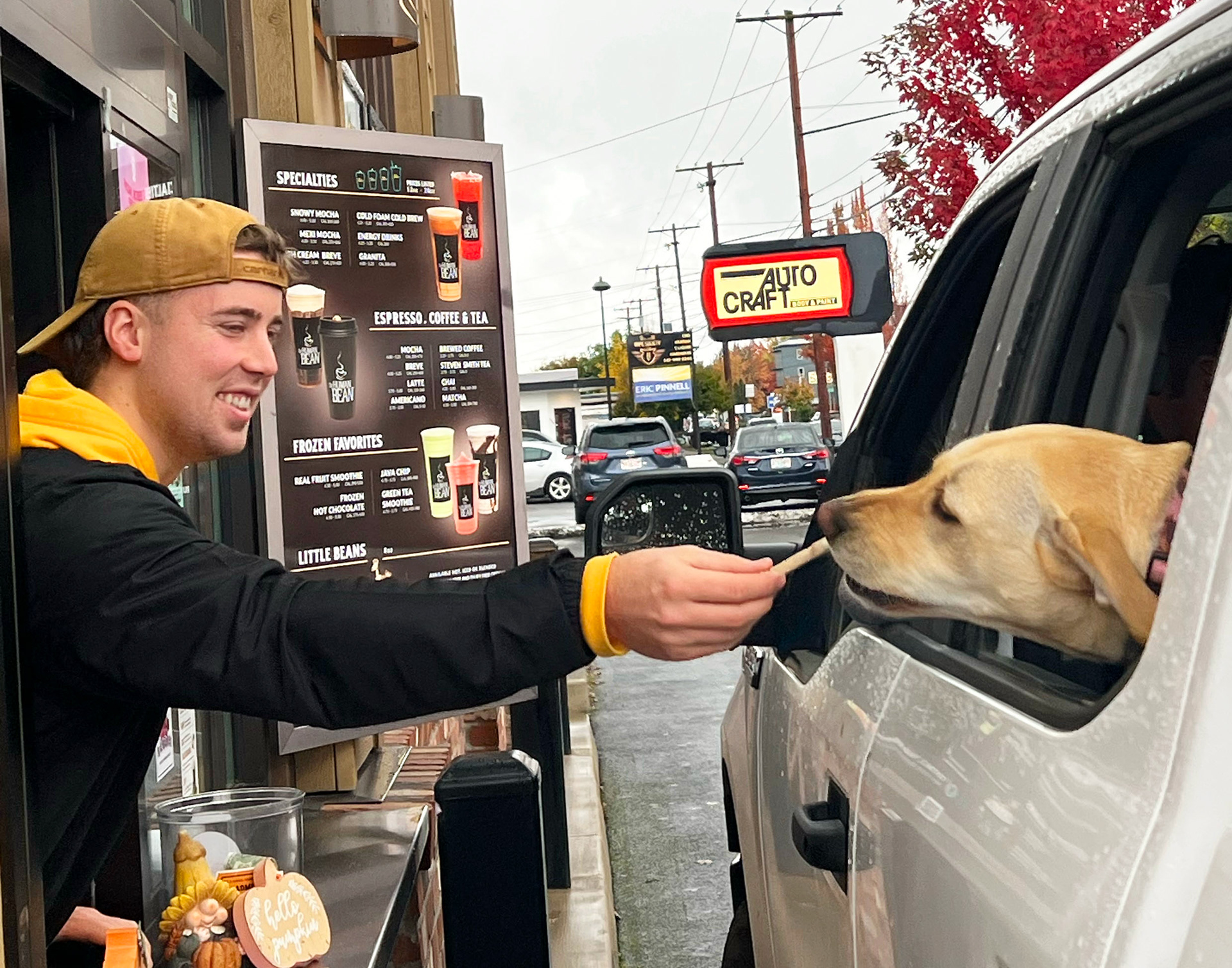
The Human Bean serves all their customers no matter what species. Fankhanell enjoys handing out treats to the occasional furry passenger.
Text Story
This assignment forced me to step outside of my comfort zone. We were encouraged to interview a stranger with an interesting story or hobby and write a journalist story about them. I was able to further develop my writing skills by writing in an unfamiliar style. This project also allowed me to practice interview skills taught in class.
Teen Rehabilitation Activist
Similar to hundreds of thousands of teens struggling with addiction, Alexa Lagesen attended rehabilitation programs as a 16-year-old addict. While in treatment facilities, Lagesen witnessed teens harming themselves and suicide emergencies. She is now an activist for the teen rehabilitation industry and wants to ensure no one has the same traumatic experiences.
Lagesen’s parents were under the impression that La Europa, a therapeutic art based boarding school in Murray, Utah, would provide the support she needed. “It was far from therapeutic,” said Lagesen, “They would lock you in an empty room, with a staff member outside, and you just sit there.” Students on suicide watch were isolated in a room for days. In the U.S., around 200,000 minors are in youth residential facilities. These facilities operate without meaningful oversight and reside in states that lack reformed laws, according to Breaking Code Silence. This allows facilities in states like Utah to function on their own accord often without legal supervision. According to NPR, over 20,000 kids from other states have come to Utah for teen rehabilitation programs since 2015.
Lagesen explained being surrounded by students with different rehabilitation needs was traumatizing. This was due to under-qualified staff unable to handle self-harm and suicide emergencies. She witnessed her peers harming themselves. Lagesen said, “It was hard seeing shit like that, and the staff did nothing.”
Initially, Lagesen described herself as a “treatment robot” for La Europa and gave prospective families tours. She promoted the school until she “realized how fucked up the place was. I was lying to families and myself.” This played a devastating role in Lagesen’s mental health. “I would see their kids there, struggling, hating it and I played a part in that.”
Breaking Code Silence is a social movement focused on raising attention to teen abuse in rehabilitation programs. Their goal is to establish a Bill of Rights for youth in congregate care to implement needed restrictions. Immediately after leaving La Europa, Lagesen joined the movement to push for change. Reflecting on her years in the program, she believes telling her story is essential to the cause and uses Instagram as a platform to share her experience. “Alexa is the toughest and most genuine person I know. She is going to make a difference and I couldn’t think of a better, more caring person to bring these issues to light,” said Mary Wamsley, a close friend of Lagesen.
